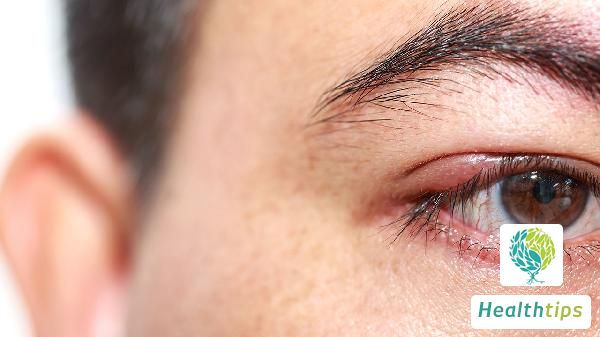"What is the Best Way to Treat Vitiligo?"
Vitiligo: Treatment Methods and Approaches

Vitiligo is a common acquired depigmenting dermatological and mucous membrane disorder, characterized by localized or generalized complete loss of pigmentation in the skin and mucous membranes. Clinically, various treatments including medications, physical therapies, and surgical interventions can be employed.
1. Medication Therapy
Vitiligo patients can be treated with corticosteroid medications under medical supervision, such as Prednisone Tablets and Dexamethasone Tablets, which inhibit local inflammatory reactions and promote melanocyte proliferation. Additionally, topical treatments like Tacrolimus Ointment and Pimecrolimus Cream can be prescribed.
2. Physical Therapy
This encompasses phototherapy and excimer laser therapy. Phototherapy utilizes the biological effects of light to achieve therapeutic goals, with 308-nm excimer laser irradiation being commonly used. By irradiating the white patches with ultraviolet light of specific wavelengths, it stimulates melanocyte production, thereby improving the symptoms of vitiligo.
3. Surgical Intervention
Surgical options are considered for patients with severe vitiligo that has not responded well to medication. Common surgical methods include autologous epidermal grafting and microskin grafting. These procedures involve transplanting melanocytes from normal skin to the affected areas, restoring the normal skin color.
4. Other Approaches
For patients with stable vitiligo, external medications like Psoralea corylifolia tincture can be considered as adjunctive therapy under medical guidance. It is recommended that patients with vitiligo promptly consult a physician and select a suitable treatment plan based on their individual conditions.



















